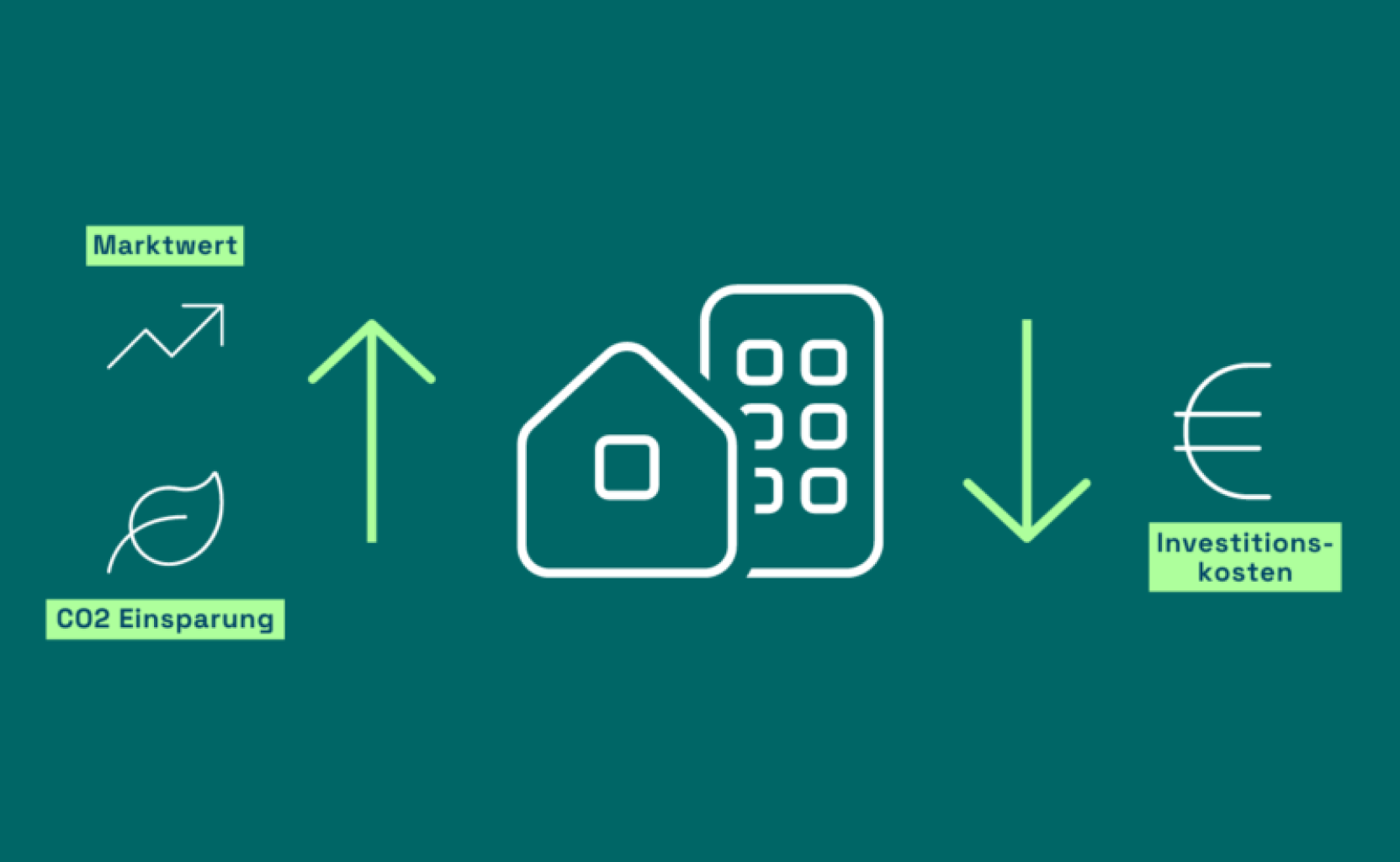9 steps to a sustainability strategy: ESG in real estate companies

Aside from the regulations that will have a lasting impact on the industry, global developments are also a reason for this. “We are in the middle of a climate crisis. It is clear that we can only overcome it if everyone pulls together – politics, business and society. I think the real estate industry needs to be even more aware of this responsibility,” says German sustainability and ESG expert Viola Raddatz in an interview with Alasco. The change start with small steps: from the analysis of the status quo, through the identification of corporate sustainability goals, to the introduction of more sustainable internal processes. Read in this article how you can bring more sustainability into your company in nine steps.

Start your strategy process with these 9 steps:
1. Take inventory
Every strategy development process begins with a status quo analysis. This allows the strategy to be optimally adapted to the needs of your company.
2. Analyse impact
Identify relevant topics and areas that have a significant leverage effect, both for your own entrepreneurial activity and for your stakeholders, as well as for the environment and society.
3. Conduct a materiality analysis
To identify the topics with the greatest impact, you should conduct a materiality analysis. You can classify topics and weight them based on specific criteria to condense the list into essential topics for a sustainability program.
4. Focus on the essentials
Check the impact and business relevance consistently and sort out irrelevant topics.
5. Set and group topics
The materiality analysis produces a list of top issues. It is characterised by the fact that it is both relevant to the course of business in the coming years and has a significant impact on the environment and society. A tip: Afterwards, cluster the topics under fields of action.
6. Identify goals
Define concrete sustainability goals for each field of action.
7. Set timeline
It is important to set realistic time horizons for your goals. Some goals can be achieved quickly, while others require a longer-term perspective.
8. Derive measures
In order to make your goals achievable, you can now derive actionable measures from them.
9. Implement and monitor
The final step is to implement your planned measures. It is crucial to define responsibilities at this stage. Who is responsible for fulfilling each individual measure and achieving the goals? Additionally, consider how often and within what framework the achievement of measures and goals should be checked.




























